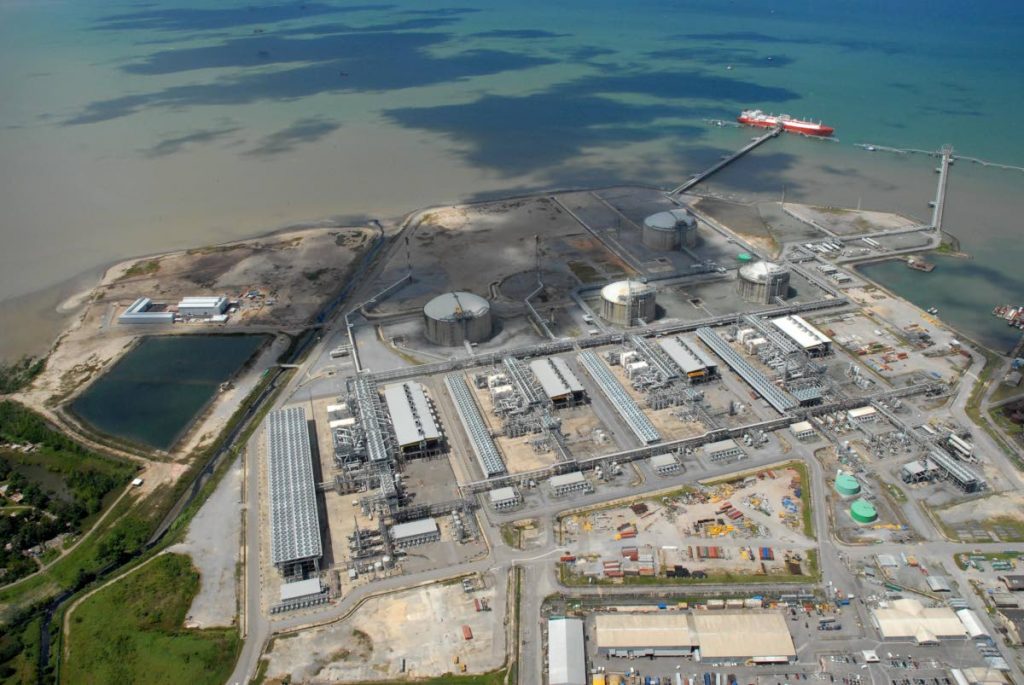Exports up, imports down

Exports rose by 11 per cent in the last quarter of 2017, while imports decreased by 1.5 per cent, year on year, the latest data from the Central Bank has shown, and as expected, the uptick in the energy sector is the reason.
Energy exports totalled just under $2.5 billion, up about ten per cent from the same period last year, the bank said in its Monetary Policy report for May 2018 on Thursday.
Despite declines in crude oil and refined products, higher exports of LNG and petrochemicals boosted energy exports earnings.
Early estimates suggest that non-energy exports fell by $7.2 million to $414 million. Preliminary data for the first quarter of 2018 suggested an increase on total exports for that period, year on year, as well. Capital imports—signs of investment and economic activity, waned, with the bank suggesting that this reflected “an observed decline in new developmental activity in the energy sector and a slowdown in the pace of Government’s infrastructure projects.”
The country’s foreign reserves also fell to US$7.965 billion in May, its lowest point in a decade. In March, foreign reserves had fallen below US$8 billion for the first time since May 2008, but rebounded briefly to US$8.11 billion in April.


Comments
"Exports up, imports down"